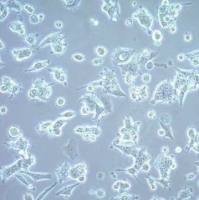Whole Gut Lavage Fluid Analysis: A Minimally Invasive Method for Study of Mucosal Immunity and Inflammation
互联网
互联网
相关产品推荐

Recombinant-Microcin-J25-export-ATP-bindingpermease-protein-McjDmcjDMicrocin-J25 export ATP-binding/permease protein McjD Alternative name(s): Microcin-J25 immunity protein Microcin-J25 secretion ATP-binding protein McjD
¥13930

默克Merck MCF-7 BUS Human Invasive Ductal Carcinoma Cell Line
¥19796

灰色链霉菌/灰色链霉菌/IMAS Study Class M4.3
¥1500

Recombinant-Human-Integrin-beta-7ITGB7Integrin beta-7 Alternative name(s): Gut homing receptor beta subunit
¥15708

Cell Cycle Analysis Kit (with RNase)(BA00205)-50T/100T
¥300
相关问答
推荐阅读
T-Cell Homing to the Gut Mucosa: General Concepts and Methodological Considerations
Slow Magic Angle Sample Spinning: A Non- or Minimally Invasive Method for High-Resolution 1H Nuclear Magnetic Resonance (NMR) Metabolic Profiling
Purification of Surfactant Protein D (SP-D) from Pooled Amniotic Fluid and Bronchoalveolar Lavage

